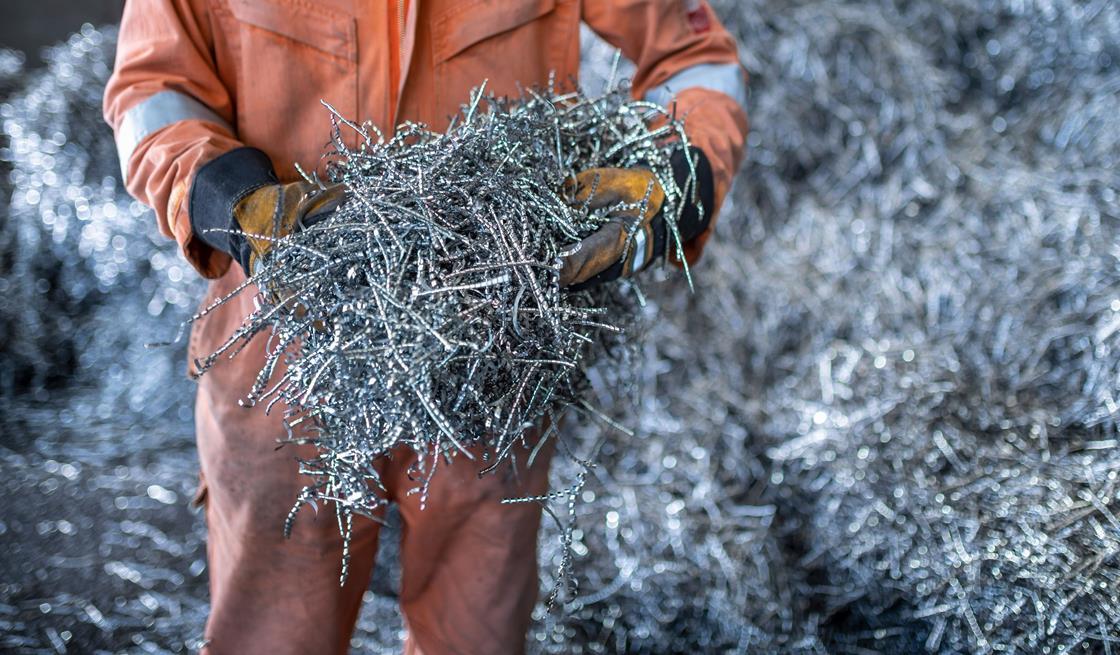Transforming Metal Waste into Hydrogen Fuel: A Sustainable Solution for Future Energy Needs
Key Ideas
- Waste metal filings and shavings from metal alloy manufacturing can be repurposed into catalytic electrodes for efficient water splitting to produce hydrogen fuel.
- Researchers at the University of Nottingham discovered that nanotextured surfaces of stainless-steel, titanium, and nickel alloys can hold single atoms of platinum and cobalt, reducing the need for precious metals.
- This innovative approach not only addresses the environmental impact of mining precious metals for electrodes but also offers a sustainable solution for future energy demands by utilizing industrial byproducts.
- The research paves the way for industrial-scale production of efficient electrocatalysts for water splitting, potentially revolutionizing the way we generate clean hydrogen fuel.
Researchers have found a novel way to repurpose waste metal filings and shavings generated during metal alloy manufacturing to produce clean hydrogen fuel. By utilizing the nanotextured surfaces of stainless-steel, titanium, and nickel alloys, the team at the University of Nottingham has successfully anchored single atoms of platinum and cobalt on these waste metals to create efficient electrocatalysts for water splitting. This groundbreaking approach not only reduces the environmental impact of mining precious metals for electrodes but also minimizes the use of rare elements in catalysts, making it a sustainable solution for future energy needs. The researchers are optimistic about the scalability of their discovery to industrial levels, pointing towards a promising future for sustainable hydrogen production.
Topics
Production
Environmental Impact
Sustainability
Research
Nanotechnology
Recycling
Metal Alloys
Catalytic Electrodes
Energy Demands
Latest News
